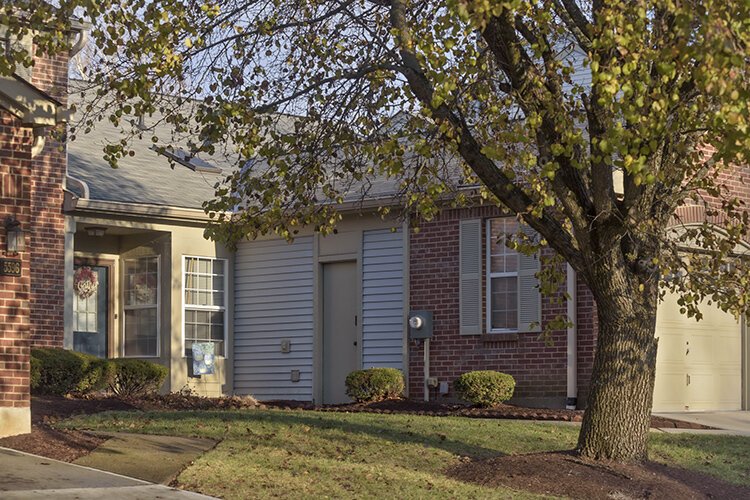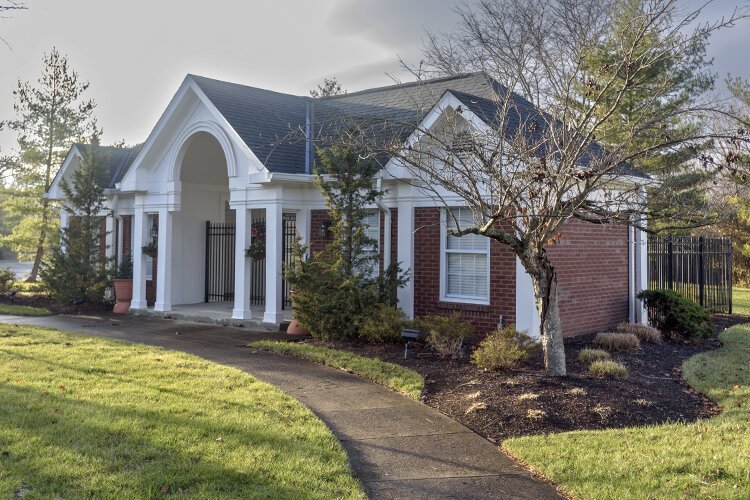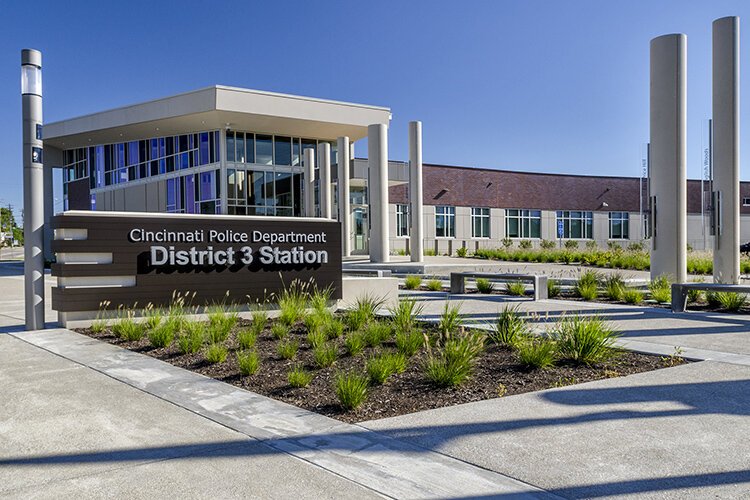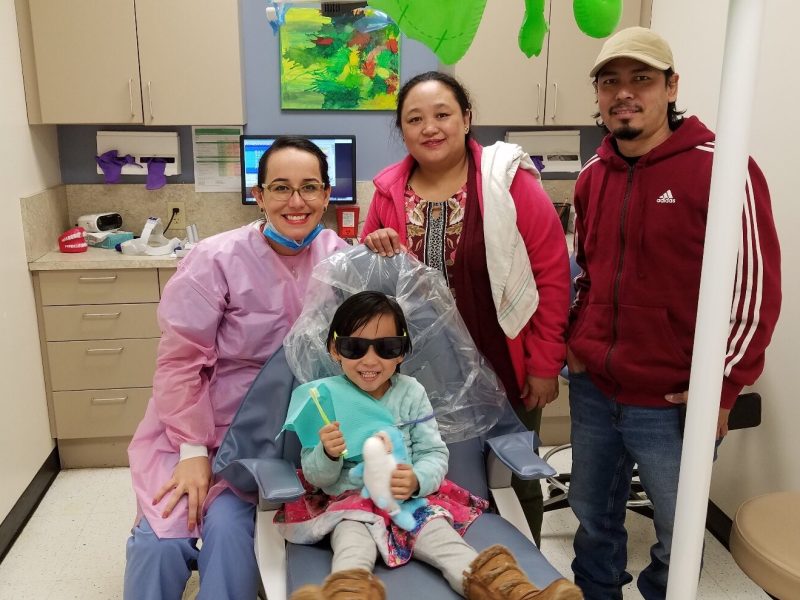Stable homes, stable communities
Mt. Airy navigates several hurdles to improve owners’ and renter’s quality of life.
For a community to be labeled “resilient”, its story arc has invariably followed a challenging path that’s far from a fairytale. Every story of a community’s struggles has its own unique aspects, but many earmarks are familiar: a decrease in population; surging crime. The roadblocks to prosperity are often imposed by those who lack a stake in its success and fail to consider the long-term impact of pivotal financial decisions and events.
The resilience that forms amid the crucible of adversity can also foment a more cohesive community that’s focused on solutions and eager to embrace innovative ideas. Throughout its evolution, the Mt. Airy community has benefitted from leaders, organizations, and everyday citizens invested in their neighborhood and collaborating to address community concerns. They view their community as more than the sum total of its average home resale value and the car counts on its main traffic artery.
A person’s foundational experiences begin in the home. That well-worn but apropos truism is reflected in a community’s collective quality of life. Just as a loving, stable environment is essential to the wellbeing of individual families, a thriving housing market where homeowners feel confident their neighborhoods are safe and that their purchase of a home, most families’ largest single investment and asset, will continue to appreciate in value and bolster residents’ financial security.
And, for residents living in rental property, it’s imperative that community leaders take measures to combat predatory property owners’ neglect and cultivate safe, healthy living conditions. The problems that beset such housing are multifaceted, and it often requires a critical mass of issues to present a preponderance of evidence that the city must act upon.
It requires a number of invested residents and stakeholders to protect and enhance their communities, and responsive city officials to improve a community’s livability. Mt. Airy’s struggles in the recent past have been well documented, but there is positive movement. Several residents and professionals offer insights into Mt. Airy’s housing market growth.
Key data points
According to the 2020 U.S. Census, Mt. Airy counts 9,210 residents, which represents a nearly 5% increase over the 2010 tally of 8,779 residents. By comparison, Mt. Airy lost 931 residents from 2000 to 2010, or 9.6%, which underscores positive momentum over the past decade.
According to the 2016-2020 American Community Survey (ACS) cited by Mt. Airy CURE, a nonprofit organization focused on its economic growth, 62% of those residing in the neighborhood have moved into the neighborhood since 2010, which reflects the transient nature of many communities. (See more data about home ownership and household income in the right hand side bar of this story.)
A review of Mt. Airy listings on the Multiple Listing Service (MLS) accessed via Sibcy Cline’s website in late November revealed 14 residential properties for sale or sale pending. The highest-priced property, a five-family at 2529 Rack Rd., is listed at $370,000. The most expensive single-family home listed on the MLS is a three-bedroom, two-bath ranch at 5668 Vogel Rd. that’s listed at $274,900 and is currently pending. Calculating the list price of each property, the average was $217,174. According to Realtor.com, Cincinnati’s median home-sale listing price in October was $270,000, with a median sale price of $255,000.
These numbers reflect that Mt. Airy’s home prices still lag behind the city’s list and sale price points. However, a quick drive through the area underscores that the overwhelming majority of its housing stick includes modest ranches, Cape Cods, and two-stories. Doug Greer, a real estate agent since 1987 who’s lived in Mt. Airy for nearly his entire life, touted the strengths of his community’s homes: “Most of Mt. Airy’s homes are well built brick structures with poured foundations constructed between the 1940s and 1960s. And they’re the type of homes that are approachable for young professionals and families.”
Available resources
It’s inevitable that, when someone owns their property, they’re more likely to take care of it. Pride of ownership counts for something. More tangibly, owning a home represents a significant financial investment that will appreciate over time and provide financial security for the owner(s). The impact of the housing market’s late-2000s implosion, which left numerous homeowners “under water” (owing more on a mortgage than a home’s downwardly adjusted value), persists in many communities, and was exacerbated by COVID-19’s economic impact. Rising interest rates have further cooled the real-estate market.
However, as the housing market and prices stabilize, it’s still an opportune time to buy. And resources exist to help first-time and limited-budget prospective homebuyers. The city’s Department of Community and Economic Development offers a down payment assistance program, the American Dream Downpayment Initiative (ADDI) for households at 80% or below Hamilton County’s area median income based on the household size. For example, a single-person household income is capped at $56,650, a two-person household at $64,750, or a three-person household at $72,850.
This program is available to all Cincinnati neighborhoods, including Mt. Airy. Thanks to a city council-approved measure unveiled in FY 2023, a $2 million fund dedicated to creating more affordable homeownership possibilities is anticipated to subsidize the renovation and/or new construction of affordable single-family homes. More information on this initiative will come as it becomes available. To learn more, visit the Department for Community and Economic Development’s website at choosecincy.com for more information on the ADDI program and others.
Quality of Life Division supports renters
It’s important to facilitate homeownership whenever possible, but it’s untenable for many. With the population for whom renting is the only option, it’s an unfortunate reality that owners from whom these tenants rent can be exploitative. It’s often convenient to demonize out-of-town landlords with scores of properties as the villainous predatory slumlords, but nefarious owners have varied backgrounds.

“There are plenty of homegrown landlords who neglect their properties,” Mark Manning, chief counsel of the City Law Department’s Quality of Life Division, said. “It’s easy to stereotype slumlords as people with hundreds of properties who live on the coast. Maybe it’s harder to think badly of our neighbors. But greed is unfortunately a universal motivator that impacts in countless ways and places.”
Considerable owner malfeasance is required for a rental property complaint to escalate to action by Manning’s office, which is staffed by six attorneys (himself included) and a paralegal. Through the city’s website and 311 hotline, tens of thousands of complaints are logged annually, with issues such as vermin infestations, structural problems, lighting, and other safety-related issues. Building and health department officials respond accordingly, and most inquiries elicit compliance. If property owners or managers are unwilling or unable to comply with laws and regulations, it’s brought to Manning’s office and they pursue either criminal prosecution or civil litigation, depending on which scenario the office determines will provide a more effective remedy. Life-threatening issues such as lack of heat or water trigger action within days; simmering issues such as zoning or chronic structural problems may percolate for years.
“Our office, on average, prosecutes or litigates five to ten civil cases a year, and many more criminal prosecutions,” Manning said. “That may not sound like much on the surface, but these cases can involve hundreds of units with hundreds, if not thousands, of people involved. They can become intricate and complicated. For example, in January of this year, only four civil cases were filed, but those cases impacted hundreds of properties and over 3,100 units of housing.”
To further protect renters, the city has passed the Residential Rental Inspection (RRI) ordinance in 2020, which requires property owners with unresolved code violations, unpaid property tax bills, or documented property health or safety hazards to register with the city and submit to required property inspections.
In 2019, the City Law Office took action against Forest Ridge Associates and a consortium of other stakeholders for code violations and negligence for hundreds of units at Hawaiian and Bahama Terraces. Manning said a critical mass of ongoing complaints required corrective action, and the city filed suit in Common Pleas Court. As a result, the owners were compelled to rectify all code violations, upgrade the property’s lighting, submit to periodic random inspections, and pay $75,000 in fines, which included covering the cost of installing a city-owned monitoring system as a criminal-activity deterrent.

Currently, Johnnie Fitzpatrick of the office’s Quality of Life Team is assigned to cases concerning Mt. Airy.
Safety first
City Councilman Mark Jeffreys enters his position with a unique perspective on the importance of stable housing. Growing up on New York City’s Upper West Side, Jeffreys’ father was a building superintendent. Presumably, structural, and operational challenges and their impact on residents were drivers of dinner-table conversations.
This keen understanding of infrastructure’s importance likely inspired Jeffreys to co-author the Complete Streets ordinance, which took effect in late 2022. Based on concepts promoted by the Complete Streets Coalition, a nationwide nonprofit that advocates for sustainable, environmentally friendly transportation policies.

“You don’t improve a community and the quality of its housing by building mini highways through neighborhoods,” Jeffreys said. “Safe, walkable streets that support multiple modes of transportation are essential to creating communities that support a good quality of life.”
Improvements outlined by the ordinance include bike lanes and shared-use paths; widened sidewalks and curb ramps to enhance ADA compliance; speed bumps, pedestrian islands, and other traffic-calming measures to promote traffic safety; and enhanced lighting and traffic-control signals.
While these measures may not directly enhance the quality or value of someone’s residence, a neighborhood functions akin to an ecosystem, and the safety and accessibility of a community’s streets are closely interrelated with a neighborhood’s comfort, desirability, and property values.
Given her 20 years of involvement with the Kiplington Homeowners’ Associations, including serving 15 years as its president, Belle Walsh maintains a personal stake in Mt. Airy’s housing. To bolster the community’s housing stock and home prices, she sees improving the community’s business district as a top priority.
“There’s not much here to generate community activity,” she said. “A lot of people use Mt. Airy Forest for different activities, but after those activities, there is nothing in our business district to keep folks in Mt. Airy. We’ve been waiting over a year for funding authorization for the demolition of blighted properties at the Colerain-North Bend corridor. That redevelopment is key to revitalizing Mt. Airy.”
She said that safety is also a primary concern. Kiplington’s 86-unit property, built in the early ‘90s, includes one-way traffic flow and cul-de-sacs, which enhance Kiplington’s safety, but said that neighborhood security is an ongoing concern.
As a member of Mt. Airy’s neighborhood watch, Mark Menkhaus has played a role in improving his community’s security, a necessity for livable communities. Before the watch was instituted in the early 2000s, Menkhaus says that the central business district on Colerain Avenue was a den of lawlessness.
“Drug dealing, prostitution, dogfighting, and other kinds of criminal activity was commonplace,” he said. “A lot of the problems centered around one business, it was shut down, the building was gutted and rehabbed, and conditions improved.”
Menkhaus recalled that, initially, the watch wasn’t well received by many in Mt. Airy, perhaps out of fear the watch wouldn’t serve all residents equally. When the community’s safety improved, the watch became widely embraced. However, he’s concerned that, with the decrease of police street visibility, there may be an apparent departure from the “broken window” theory of community policing, which espouses that correcting property damage and other seemingly minor illegal activity helps prevent a perceived climate of lawlessness that subtly encourages more criminality.

Questions about Mt. Airy’s public safety and its impact on housing and quality of life were raised by the early November closure of the Cincinnati Police’s District 5 office, which was located nearby in College Hill. Now, Mt. Airy is served by District 3 in Price Hill, which a Google Maps search indicates is a 16-minute drive from the Mt. Airy business district (District 5 was five minutes away). Granted, most of an officer’s shift is spent on patrol, not at the station, so residents expressed a wait-and-see approach to verify that responses aren’t impacted.
Numerous factors impact the quality and value of a community’s housing. Mt. Airy is making steps toward improving its community’s livability, and getting results, and there are more steps required to realize the community’s potential. But there’s motivation and movement towards bettering Mt. Airy’s housing, and reason for optimism.
This Resilient Neighborhoods series presents stories that focus on leaders, organizations, and everyday people who, in large and small ways, help a community regain a positive identity by collaborating to overcome its struggles.
You can read earlier articles in the Resilient Neighborhoods – Mt. Airy series here.
The Mt. Airy series has been made possible with support from the City of Cincinnati and Homebase, the leading resource for community development, focused on sharing resources, funding, and expertise that helps transform neighborhoods and improve the quality of life for the residents of Greater Cincinnati.


















